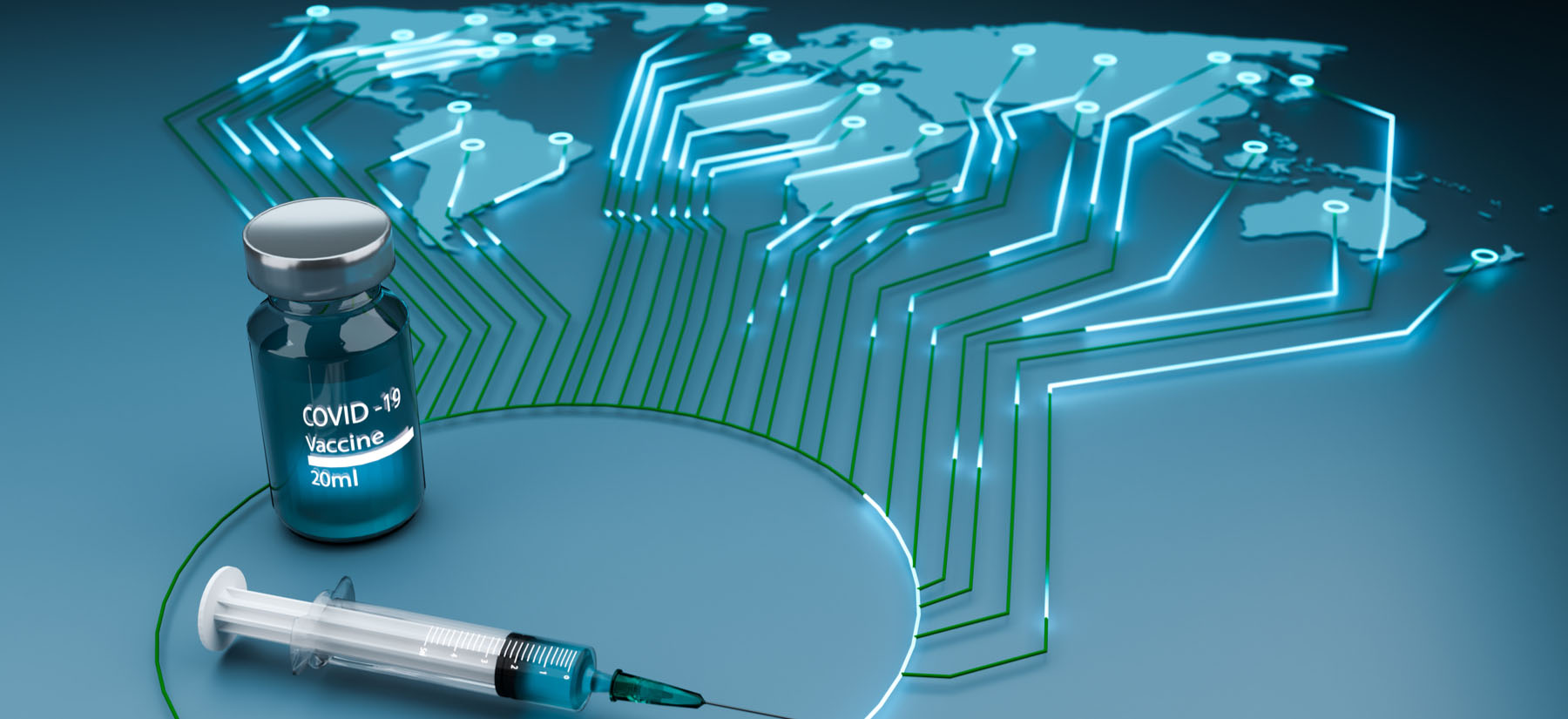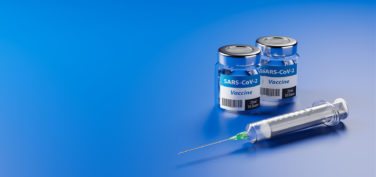March 11, 2021 marked one year since the coronavirus was declared a global pandemic by the World Health Organization (WHO). Over that past year, the pandemic has reinforced the exceptional resilience of the pharmaceutical supply chain in the face of unprecedented challenges. Given their position at the center of the supply chain, pharmaceutical distributors have identified lessons and efficiencies that have proven especially valuable as COVID-19 vaccine rollouts continue across the United States.
Strengthening Business Continuity Plans (BCPs) and Partnerships
Distributors, manufacturers, hospitals, and other key players have successfully maintained critical business functions throughout the pandemic. Updating their existing BCPs through a “COVID-19” lens positioned these organizations to quickly and efficiently overcome any logistical and staffing challenges that arose. For instance, some distributors established a regional backup program for distribution centers to ensure operations could continue in the event of staffing shortages. Manufacturers and health systems have also benefited from integrating similar guidance and protocols for staffing continuity into their BCPs.
Many global and national companies also found success with developing COVID-19 task forces focused on associate safety and business continuity, which helped establish and strengthen external partnerships to address challenges that they may not have the resources to overcome (e.g., shortages, disruptions, etc.). For example, AmerisourceBergen has long partnered with Healthcare Ready (a non-profit organization that addresses pressing healthcare issues) and government officials to fulfill deliveries of medications in the event of crises and natural disasters.
Outside partnerships were also advantageous for manufacturers who had previously only worked with retail customers but needed to quickly roll out treatments indicated for COVID-19 to hospitals in hotspots—a process that typically takes more than a year. Many of these manufacturers were advised to lean on their relationships with distributors, who have national scale and reach across U.S. health systems, so they could get in-demand products to patients in hotspots within a few weeks.
Aligning on a Strategic Approach to Increased Demand
Throughout the pandemic, it has been crucial that all stakeholders work with a shared understanding of the individual roles they need to play to safeguard in-demand products. Distributors play a large part in educating partners and facilitating this type of communication.
The first step was ensuring that manufacturers and various federal and state entities recognized how product demand was affecting sites of care, and ultimately patient access. The instances of short supply experienced in April 2020 didn’t meet the traditional FDA and manufacturer definition of a “shortage” because the amount of the product in the supply chain was the same as in previous months. However, distributors and sites of care (i.e., pharmacies, hospitals, doctors’ offices, etc.) across the country recognized a shortage because their product needs were exceeding the standard supply for critical categories of pharmaceuticals. So distributors had to educate manufacturers on the nature of the shortages they were facing and then work with them to efficiently increase inventory for items such as IV fluids, generic injectables, and related products for acute care providers and other essential medicines to fill 90-day scripts given lockdowns across the country.
In the meantime, many hospitals, pharmacies, and providers’ offices across the country began fearing shortages and stockpiling inventory to ensure they had an extra supply of any critical treatments their patients would need. However, this was not an effective approach to mitigating shortages and it was important for distributors to educate these sites on why concentrating inventory at the distributor level rather than at any one site of care keeps the supply chain nimble enough to support patients everywhere. Distributors also placed allocation safeguards on products in high demand to create stability of supply and to prevent well-intentioned overstocking of products.
As distributors started to better understand the supply chain challenges and the best paths forward, it was important to keep lines of communication open between stakeholders—engaging with federal and state agencies, connecting with sites of care on inventory needs, and working with manufacturers to buy in-demand inventory as quickly as possible to meet increased orders while ensuring supply chain stability for future patient needs.
Maintaining Flexibility and Two-Way Communication
These last several months have revealed that the safe and efficient deployment of COVID treatments and vaccines requires a tremendous amount of collaboration and flexibility across the supply chain.
Back in April 2020, stakeholders faced a spike in demand for many products that were used for treating COVID-19 cases—including inhalers, antivirals, and antipyretics as well as over-the-counter cough/cold medication and isopropyl alcohol. These items experienced stock issues and shortages that impacted all the sectors of the supply chain simultaneously. At the same time, manufacturers were launching in-demand COVID treatments under Emergency Use Authorization (EUA) to make them available ahead of receiving FDA approval. Hospitals and other sites of care had to maintain close communication with distributors and manufacturers in order to prepare to store and administer these treatments.
As a result, distributors and manufacturing partners established weekly town halls and one-on-one calls with health systems. These calls gave sites of care opportunities to share inventory concerns and ask questions about EUA products and federal guidelines as information was flowing in from federal agencies nearly every day. They also helped manufacturers of EUA products and distributors understand the mindset of each health system and shape certain distribution factors. This level of collaboration and mutual understanding facilitated the efficient and secure delivery of lifesaving COVID-19 therapies to patients across the country.
We are now at the height of the vaccine rollout, with three FDA-approved vaccines currently on the market—an incredible feat in just one year. According to the CDC, as of late April 2021, more than half of the U.S. adults had received at least one dose and more than one in three adults had been fully vaccinated. Between the availability of therapies and vaccines, this year has proven the marvel that is pharmaceutical research, development, and care.
Despite the unprecedented nature of the pandemic, the pharmaceutical industry’s collective efforts to date have showcased the strength and resiliency of the supply chain in new ways. We’re no longer experiencing the intense supply and demand peaks we did last spring, even within hot spots, and the supply chain can now focus on nationwide inoculation to create healthier futures.







